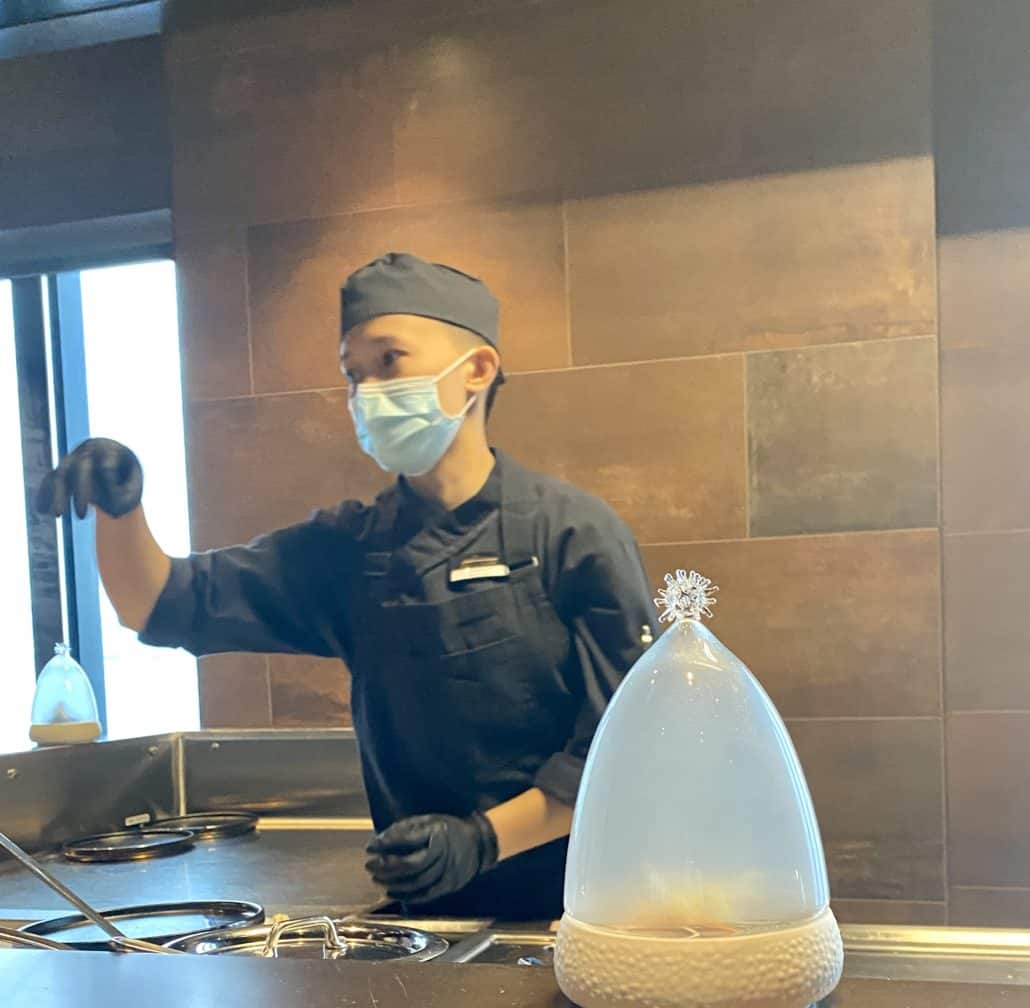 While COVID protocols have relaxed, the virus is still with us—and foodservice safety procedures are essential for healthy meetings. Here are foodservice tips recommended by Amanda Schleede, CEO of Attend Safe, at Prevue’s recent Duty of Care Webinar.
While COVID protocols have relaxed, the virus is still with us—and foodservice safety procedures are essential for healthy meetings. Here are foodservice tips recommended by Amanda Schleede, CEO of Attend Safe, at Prevue’s recent Duty of Care Webinar.
Planners know that the latest COVID-19 variant is highly contagious, that it’s likely there will be a COVID-positive individual at an event, and that Monkeypox and probably other future viruses are part of the new normal. The meeting planner’s duty of care is to keep attendees as safe as possible and be able to demonstrate that everything has been done to ensure the group’s health and safety, said Schleede. Ensuring safe foodservice, she said, remains a top priority. Her recommendations:
Full buffets are COVID-friendly. Avoid them at meetings and events. “Full buffets make me cringe,” said Schleede. “People just don’t think about what they have touched.”
Each touch of a plate by hands that haven’t been sanitized risks virus spread. Even when servers wear gloves, if attendees give them an already-used plate for second portions, germs can be spread to the next plate that the server touches. To ensure that buffet setups are healthy, no plate should be touched more than once.
Establish foodservice safety protocols in the contract. “Don’t wait until a week or two before the meeting to say that servers should wear masks and all of a sudden the hotel has to scramble to figure out the process,” said Schleede. “Early communication is vital. We’re working with planners now who are looking at establishing COVID protocols for meetings in the first quarter of 2023. It’s not too early!
Ensure safe foodservice for at-risk attendees. It’s important to accommodate at risk attendees—those who have not been vaccinated, for example—with enhanced food safety procedures. “When you send out registration materials, advised Schleede, “add a line asking if attendees would like to talk about additional COVID risk-mitigation policies and procedures that can be done individually for them on site. Have side conversations with them. It’s all about communication.” At the meeting or event, this could mean seating six people at a table for 10 or two people at a table for six, grab and go lunches or dinners, or reserved outside seating, she said. “Help in every way to make all attendees feel comfortable and treat them like VIPs, even if they can’t eat with the group,” she stressed. For example, “Meet them outside the conference room with their grab-and-go meal, or deliver the meal to their hotel room.”
You May Also Be Interested In…
Testing is Key for Duty of Care at Meetings
Do Meeting Planners Need to Worry About Monkeypox?










